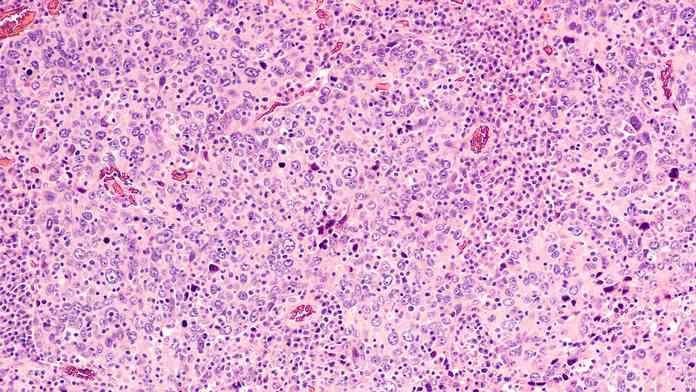Waldenstrom macroglobulinemia (lymphoplasmacytic lymphoma)
This subtype of Non-Hodgkin’s lymphoma also named as lymphoplasmacytic lymphoma. This cancer is not very common and occurs only 1 to 2 percent among all cases of cancer. Antibodies grow abnormally in this type of cancer and also cause anemia.
- Small lymphocytic lymphoma
Small lymphatic lymphoma (SLL) is not a rapidly growing type of Non-Hodgkin’s lymphoma. This subtype of Non-Hodgkin’s lymphoma is similar to lymphocytic leukemia but develops in lymphocytes rather than bone and blood.
- Primary mediastinal B cell lymphoma
The prevalence of primary mediastinal B cell lymphoma is 10 percent among all cases of B-cell lymphoma. Primary mediastinal B cell lymphoma occurs mostly in women of young age.
- Mantle cell lymphoma
The prevalence of Mantle cell lymphoma is 6 percent among all cases of Non-Hodgkin’s lymphoma. This type of Non-Hodgkin’s lymphoma is rare but destructive and occurs at an older age. Mantle cell lymphoma develops more commonly in the bone marrow and GI tract.
- Follicular lymphoma
In the united states, the prevalence of follicular lymphoma is 5 percent among all lymphoma cancer patients. Older adults have more risk of developing follicular lymphoma. This cancer is slow-growing and particularly diagnosed at the age of 60 years.

